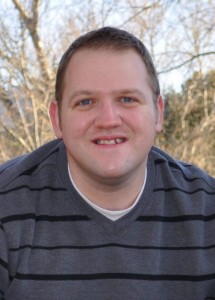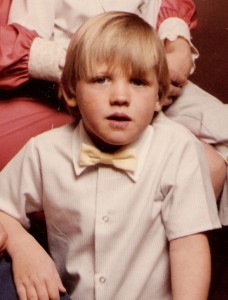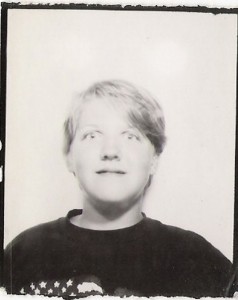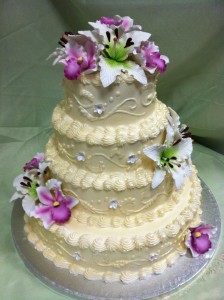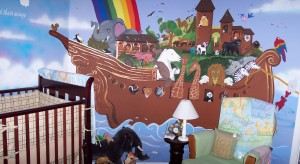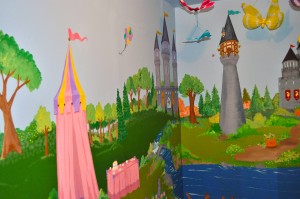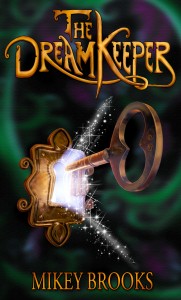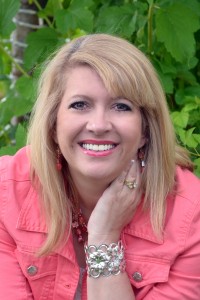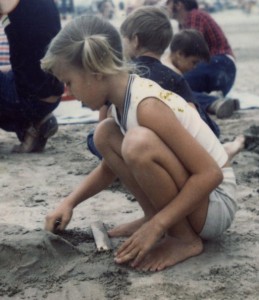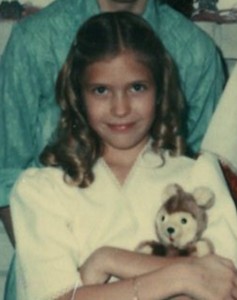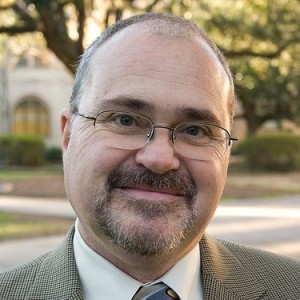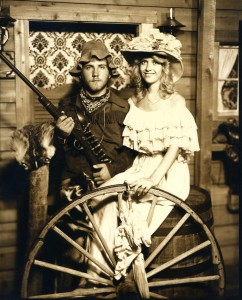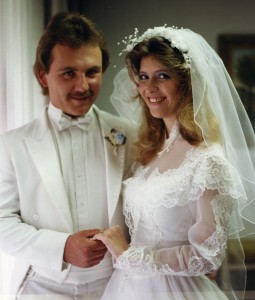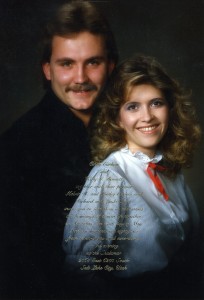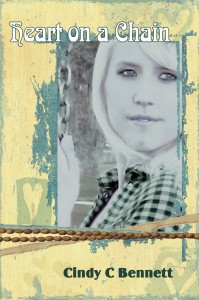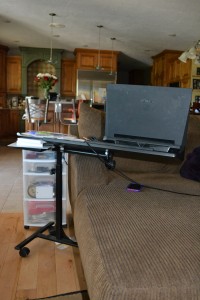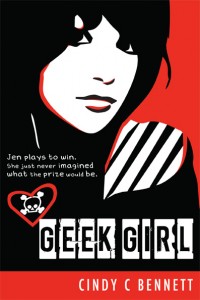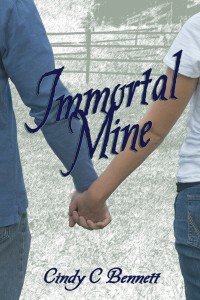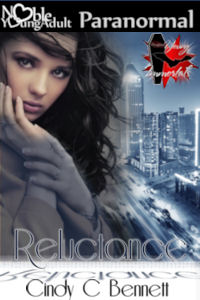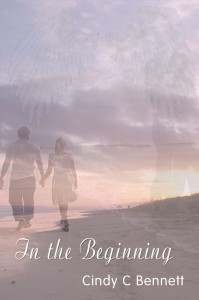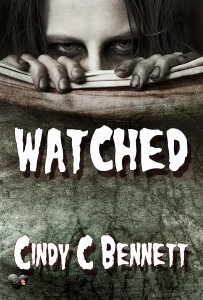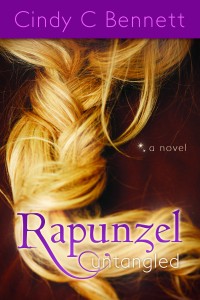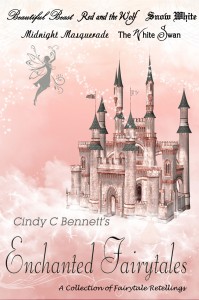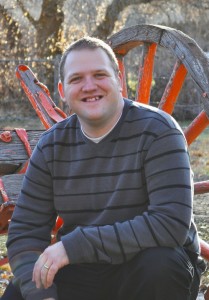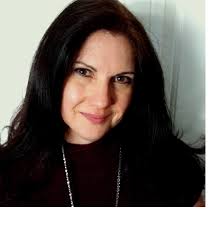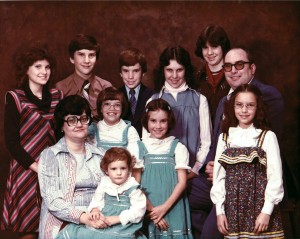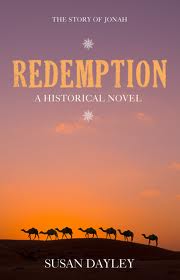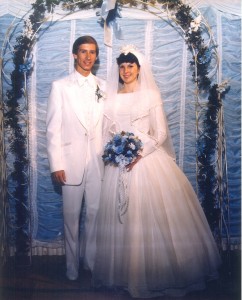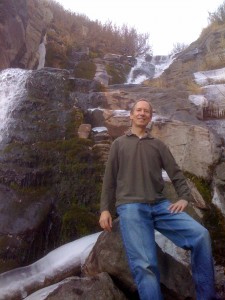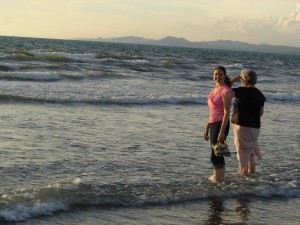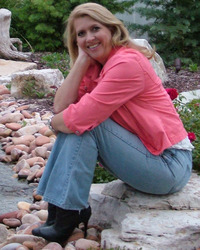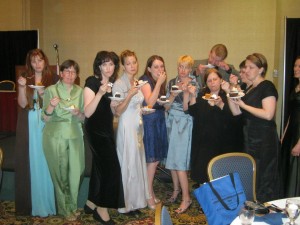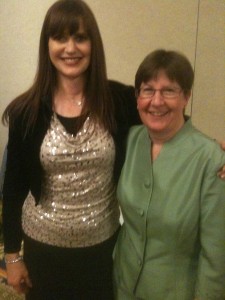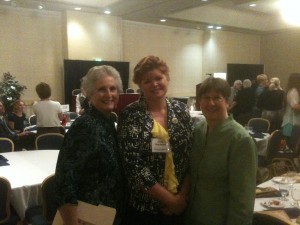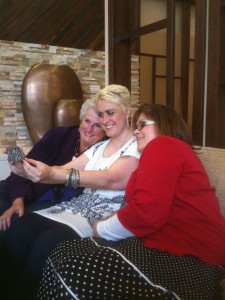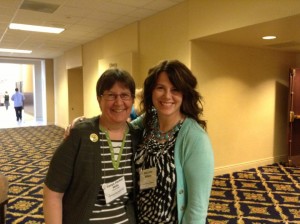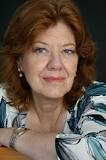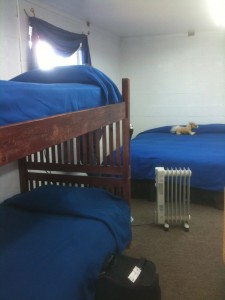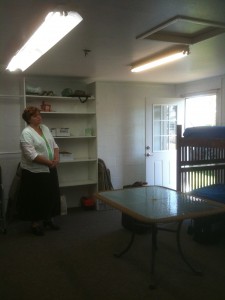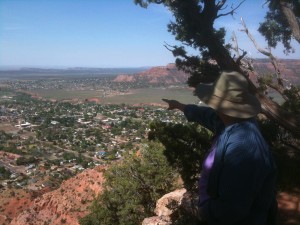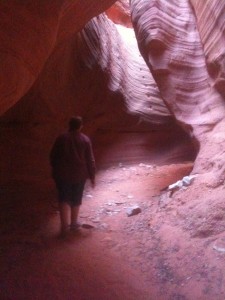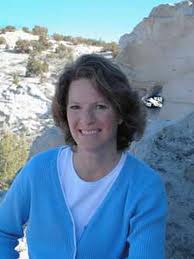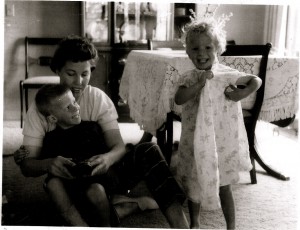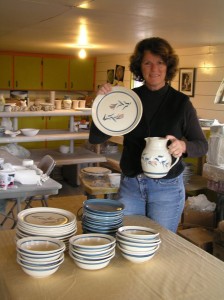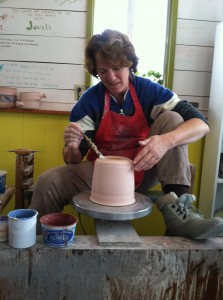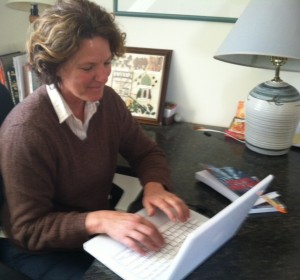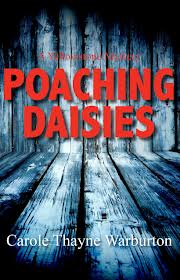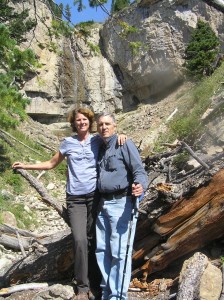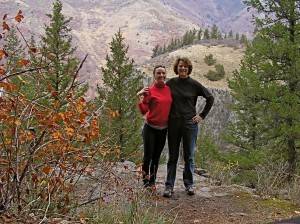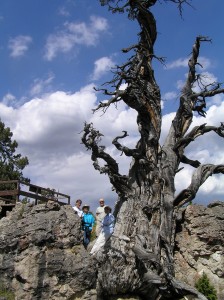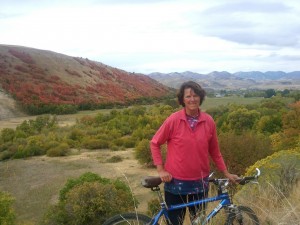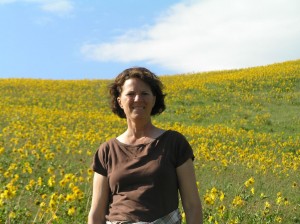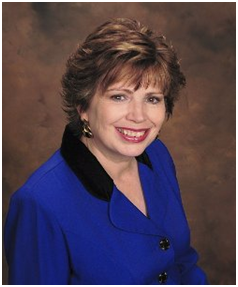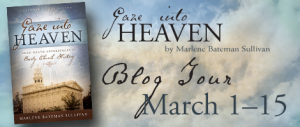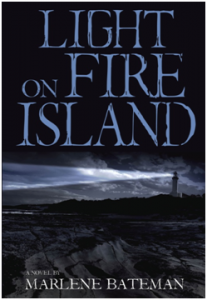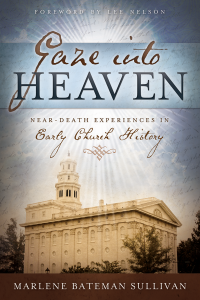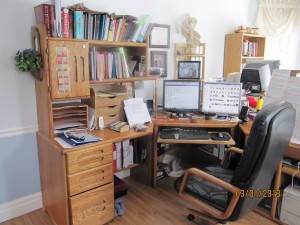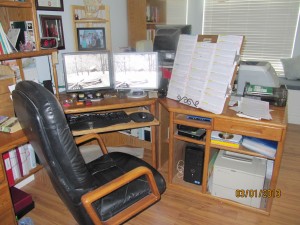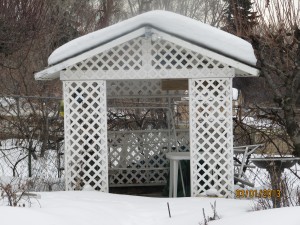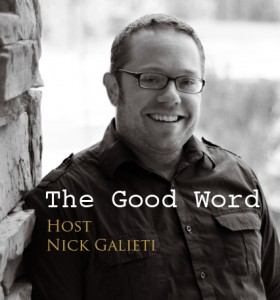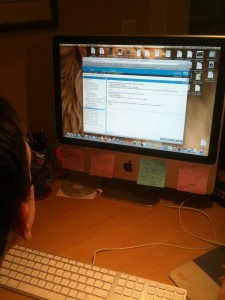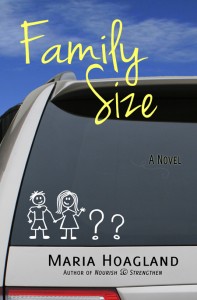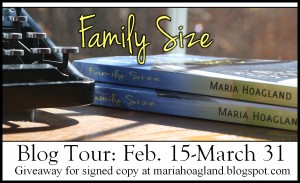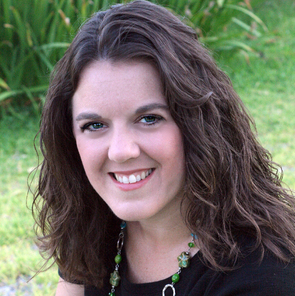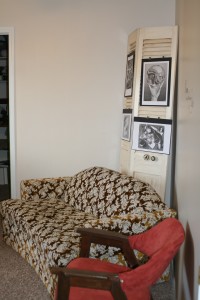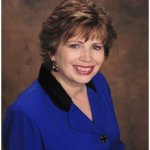It’s hard to catch up with an author on tour, particularly when her writing isn’t the reason she’s on tour. You see, Margot Hovley is currently accompanying her husband on tour with the Mormon Tabernacle Choir. As a result, I’ve got her responses, but there aren’t so many pictures. (And I particularly wanted a picture of her with the pigs! Oh, well.)
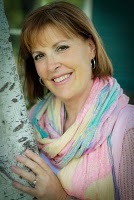 ME: Since I live in Washington State, I wondered exactly where in the rural part of this state you were raised, and how that has affected you? (And I’d love a picture of you as a little girl.)
ME: Since I live in Washington State, I wondered exactly where in the rural part of this state you were raised, and how that has affected you? (And I’d love a picture of you as a little girl.)
MARGOT: My parents were some of the last “homesteaders” in central Washington when I was a baby (outside of George), breaking hundreds of acres for the first time, and then we moved just north of Pasco. (YAY! That’s just across the river from me.)
I love and miss my rural roots. Just like everyone says, there’s no better childhood.
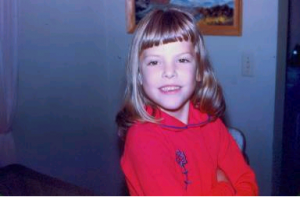 (She does look happy, doesn’t she?)
(She does look happy, doesn’t she?)
ME: What’s harder–herding pigs or making produce boxes, and how hard is it to put a pig in a box?
MARGOT: Pigs are hilarious! Our pigs were lemming-like, so if one escaped the pen, they’d all try to follow, braving the electric fences and squealing like mad. Herding them is exactly as weird as it sounds. Box-making: well, it’s tedious when you have to fold them together for hours, so we’d do anything to make it less boring. That meant holding double-elimination tournaments with all my siblings and cousins who worked on our farm. I was pretty much unstoppable. (Margot, the Unstoppable Pig-herding, Box-making Champion!)
(For a picture, try this link. It’s how I imagine Margot was as a pig-herder.)
ME: How did you come to be a storyteller, and what was your first story about?
MARGOT: While working on our farm I told stories to myself to pass the time. Most of the stories were about a little slave girl. Now that makes me giggle. I thought I was working so hard, slaving away. When I had the chance I’d write down and illustrate my stories, and always dreamed of seeing my name on a book cover. It was truly a great moment when I saw that dream come true last October.
(I know the feeling!)
ME: Tell us about your “firstborn” novel, THE SOWER, what made you write it, and your hopes for getting it published along with its sequel, BLOOD OF KINGS.
MARGOT: I love a good hero story, and I love classic fantasy, so my first writing project follows that idea. I also wanted to see if I could write a story that was inspiring and spiritual without being preachy or religious. It’s harder than it sounds, I discovered. I am still tweaking that project and hope to sell it to the national market. The sequel is a NANOWRIMO project that was absolutely a blast to write. I learned a lot by drafting quickly. I also learned how to completely annoy my family that month.
(Hmm…is that why your husband whisked you away on tour? To get you away from your family?)
ME: Your first “published” novel, SUDDEN DARKNESS, came out last year, and as I understand it, you’re now finishing the sequel, GLIMMER OF LIGHT. Can you describe the basic story premise for each?
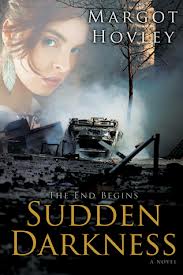 MARGOT: SUDDEN DARKNESS begins in rural Washington (surprise!) when an EMP (That’s short for electromagnetic pulse, in case you’re not up on Newt Gingrich’s latest warnings) attack occurs, taking out the national electrical grid. The entire LDS stake in the area is counseled to travel to Utah for safety. The story is their journey as two thousand modern folks have to walk 700 miles. (Hmm…I’ve gotten to enjoy the 10-hour drive, but walking? Ouch!)
MARGOT: SUDDEN DARKNESS begins in rural Washington (surprise!) when an EMP (That’s short for electromagnetic pulse, in case you’re not up on Newt Gingrich’s latest warnings) attack occurs, taking out the national electrical grid. The entire LDS stake in the area is counseled to travel to Utah for safety. The story is their journey as two thousand modern folks have to walk 700 miles. (Hmm…I’ve gotten to enjoy the 10-hour drive, but walking? Ouch!)
Have you heard that tradition that we will have to walk back to Missouri some day? Have you ever wondered why we would have to walk when we have cars and so on? Have you thought about how difficult that would be for us, when we are so unused to that sort of thing? Here’s one possible scenario why and what it might be like. The sequel takes the characters from Salt Lake to Missouri in another even longer trek. (Intriguing…but double ouch!)
ME: Tell us about your identity as The Damsel, please. (And please include an image of your alter ego.)
MARGOT: That’s the name I use on my self-reliance blog: The Damsel in Dis Dress. There I discuss how to do things the old-fashioned way, with a modern twist. I love old things–antiques, handmade items, and so on, and I feel sad that so many of the skills our grandparents knew are being forgotten. And, as the folks in my book discover, it’s possible we will wish we still had those skills someday.
(Yet another reason to buy your books…that is, if you go into detail in describing those kinds of skills. At least, I hope there’s at least one character in your book who’s got the know-how.)
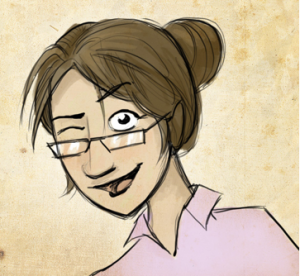 (And there she is…The Damsel, herself)
(And there she is…The Damsel, herself)
ME: I would think that, given your self-reliance blog, Old School, your YA fiction should veer toward dystopian. Does it and, if not, why not?
MARGOT: SUDDEN DARKNESS is sort of dystopian, since the characters have to deal with a world where technology doesn’t work anymore, and they have to learn to get along without it when they’ve become completely dependent on it. It’s just the sort of scenario the Old School blog might help prepare people for. (Hint, hint. Check out her blog already!)
ME: Please describe your writing process and the place you do it best in the voice of The Damsel. (And I must have a photo of your writing space.)
MARGOT: The Damsel writes her blog posts in 3rd person. She knows it’s kind of ridiculous and causes funny passive-voice problems, but she does it nonetheless. As far as a writing space goes, she longs to write on her hammock in the sunshine. Someone please invent a screen she can see in the sun! This would make her life complete. In the meantime she writes wherever: on her bed propped on her Mt. Everest of down pillows (don’t judge!), hunched over the kitchen counter while stirring the soup, or like right now, a bus while traveling with the Mormon Tabernacle Choir. (The Damsel’s husband is a 2nd bass.)
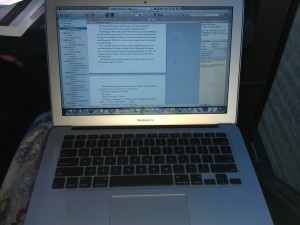 (Her laptop on the bus–a MacBook Air, which she loves! I love mine too. :D)
(Her laptop on the bus–a MacBook Air, which she loves! I love mine too. :D)
ME: Exactly what “techy gadgets” do you fool around with, and have some form of them made their way into any of your fiction?
MARGOT: I love computers and adore my MacBook Air way more than is appropriate. I can’t go anywhere without my cell, either. New technology fascinates me. I suppose this love has found its way into my fiction in SUDDEN DARKNESS, as I imagine a world where the characters suddenly have to do without those things.
ME: Finally, when will you know you’ve arrived as a writer?
MARGOT: I feel like a poser when I call myself a “writer” or an “author,” but I’m working on my attitude. If the criteria is the sheer amount of time spent writing or thinking about writing, then I’m so there.
(I like that criteria; that works for me.)
Once more, if you haven’t yet checked out her self-reliance blog, here’s the link. And you can find out more about Margot and her thoughts about writing at Inklings.
Next week, I’ll be interviewing nationally published author and Edgar Award Finalist Dene Low.
Originally posted 2013-06-19 17:59:14.


